Brookfield’s Camperdown Elm
Famous for its stunning weeping form, with branches that spread wider than its height, the Camperdown Elm was first discovered in 1835 by the Earl of Camperdown. He noticed a twisted branch on one of his Wych elms at the Camperdown House estate in Dundee, Scotland.
The unique Camperdown Elm cultivar was developed by propagating this distinctive weeping branch. Although its flowers are sterile and cannot produce viable seeds, the tree can still be propagated through cuttings or grafting.
Brookfield is home to one of the largest Camperdown Elms in the world, grown from a singular trunk.
The unique Camperdown Elm cultivar was developed by propagating this distinctive weeping branch. Although its flowers are sterile and cannot produce viable seeds, the tree can still be propagated through cuttings or grafting.
Brookfield is home to one of the largest Camperdown Elms in the world, grown from a singular trunk.
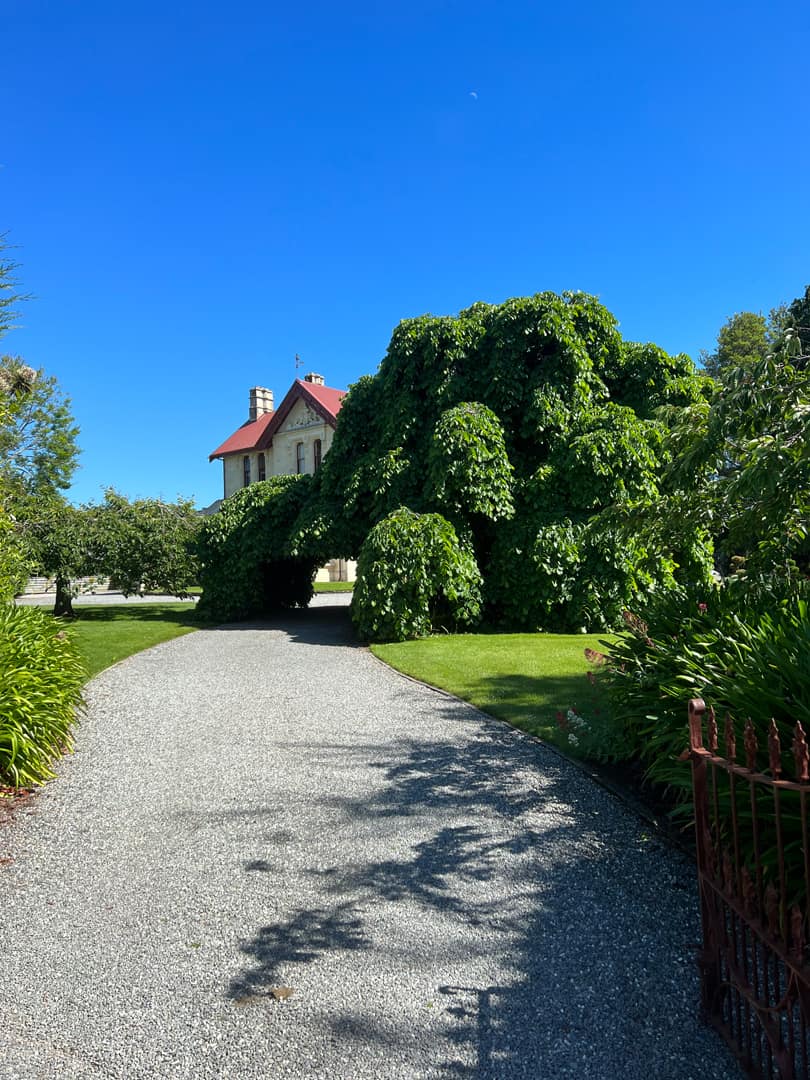
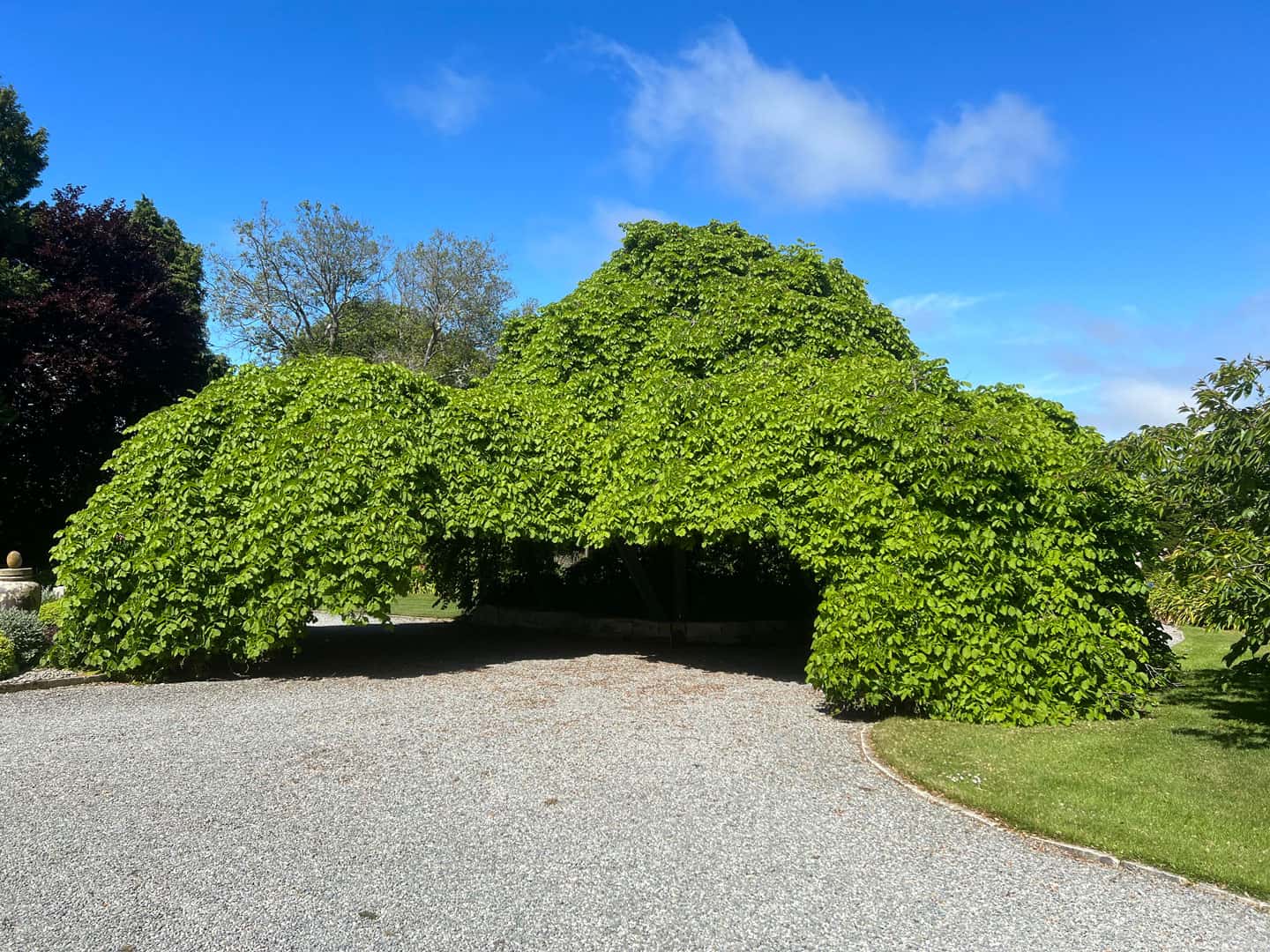
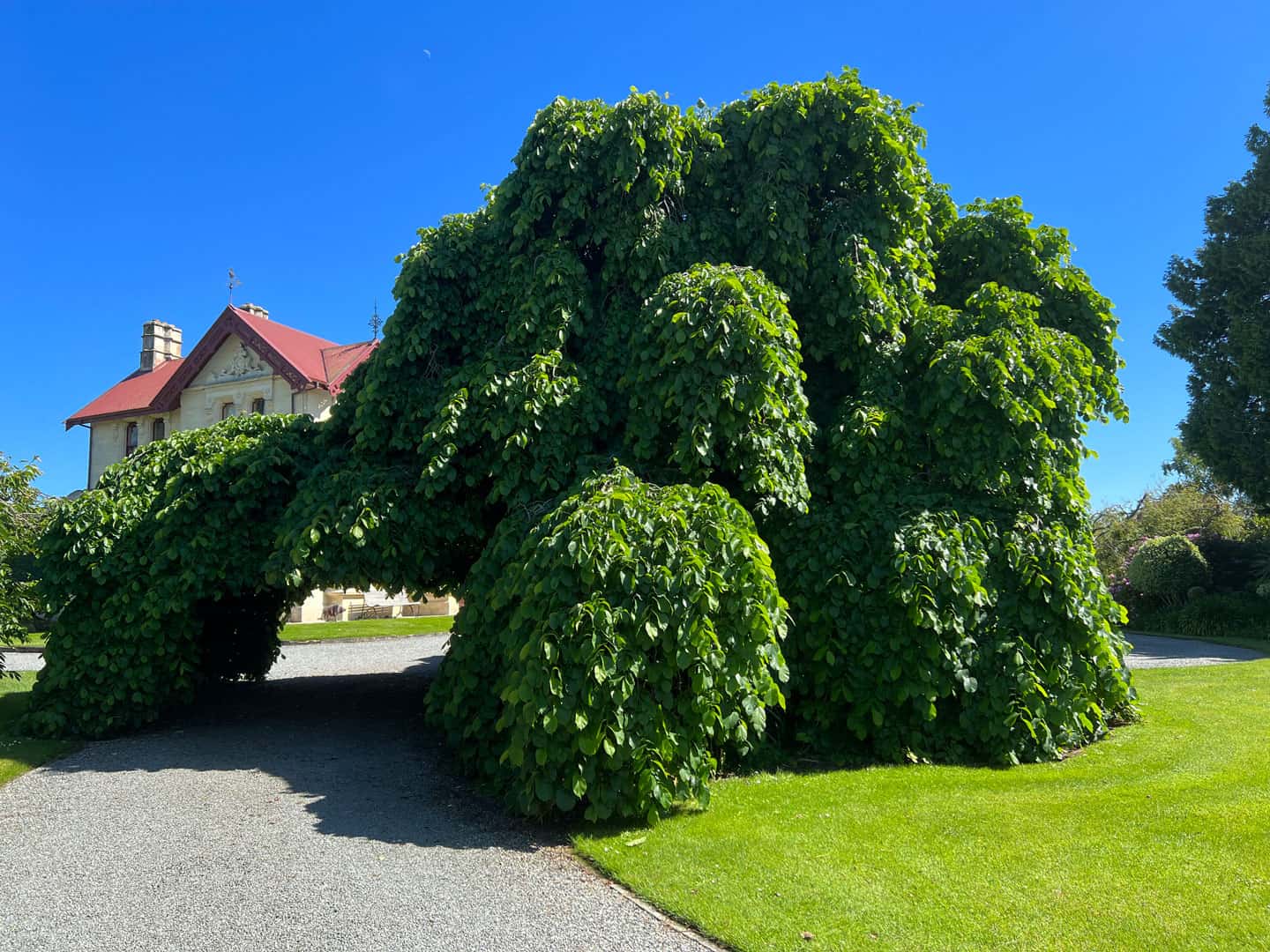
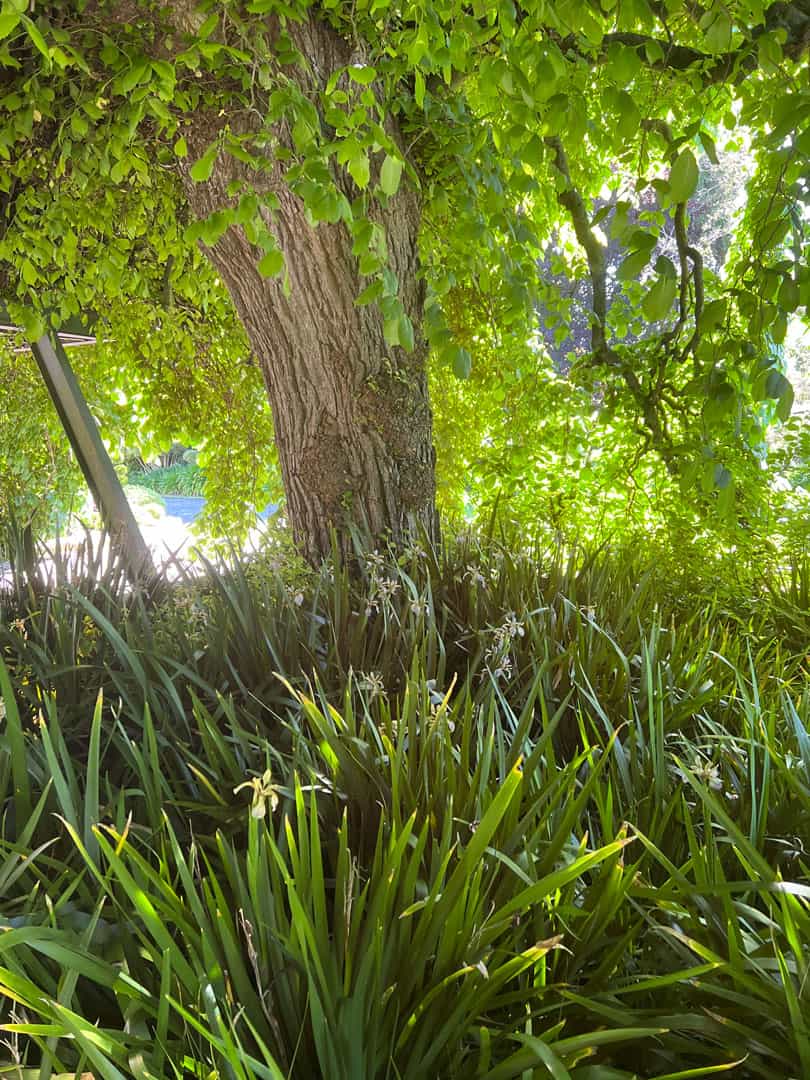
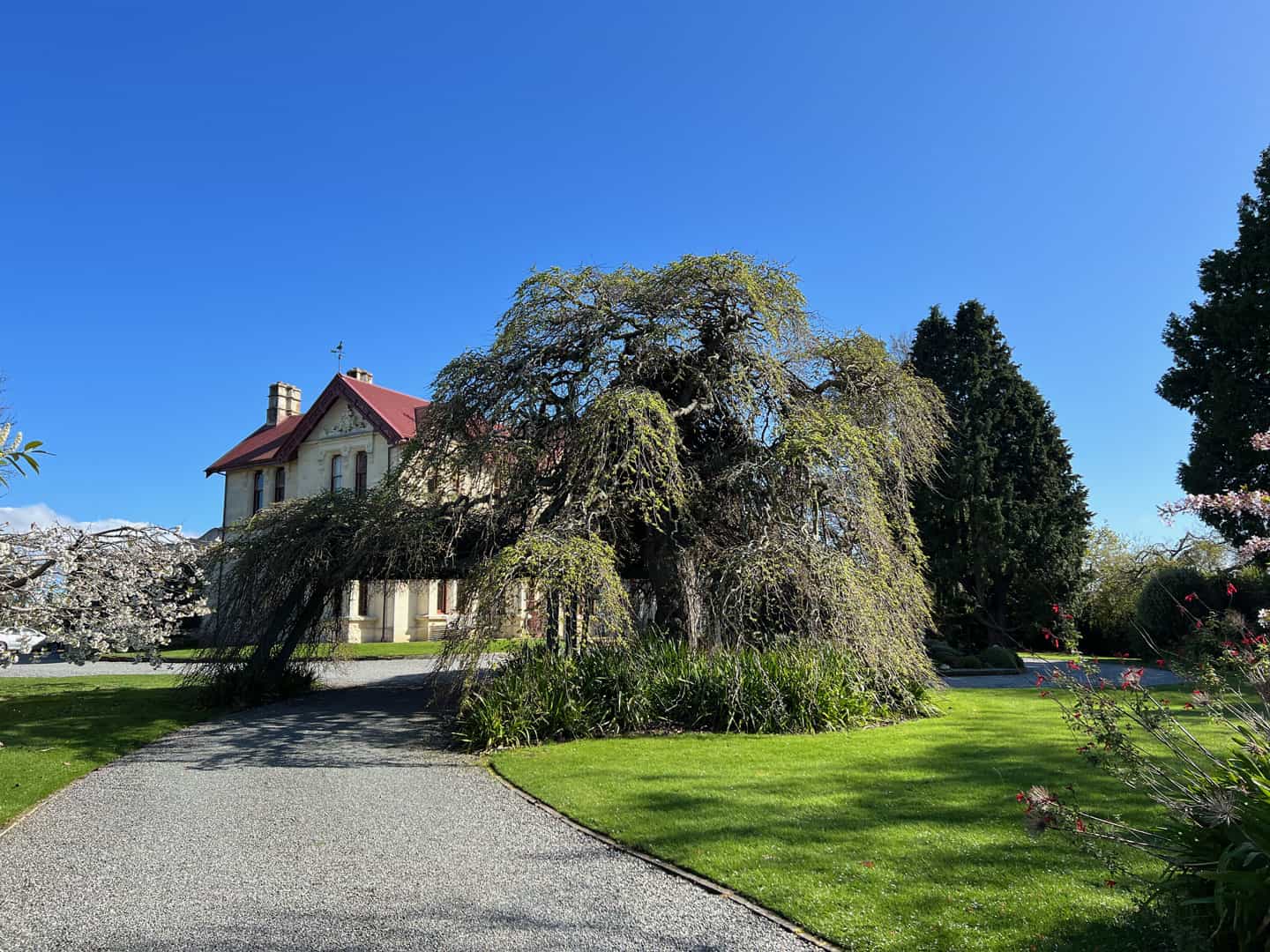
Brookfield’s Camperdown elm was recently listed with The New Zealand Tree Register, with support from the Royal New Zealand Institute of Horticulture.
Grafting a Camperdown Elm
To graft a Camperdown Elm, collect a 10-15mm thick scion (small shoot) from a dormant weeping elm in winter and store it in a cool place until spring. Once the rootstock, grown to about 1.8-2.0 meters, starts sprouting, graft the scion onto it using the whip and tongue method, aligning their cambium layers. Wrap the graft with tape for a month, then remove it carefully.


